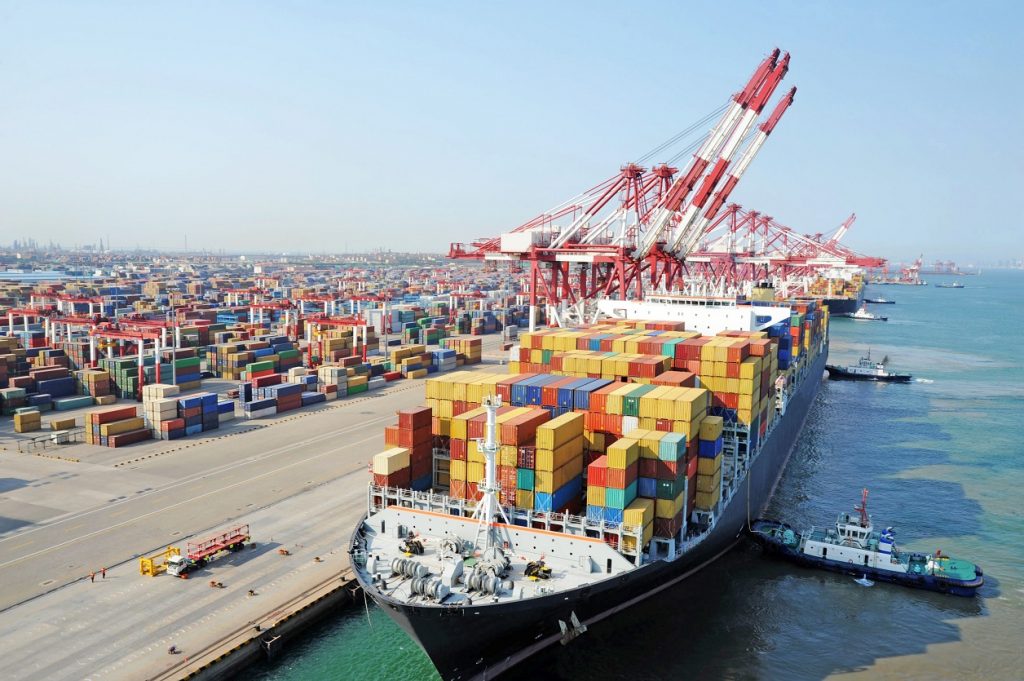Tally Survey
The correct calculation of cargo weight is the most important process in cargo transportation. Navigational safety is harmed by improper cargo loading, and this is a serious problem. Furthermore, weight surveillance is critical for the preparation of port documents, invoices, and customs clearance processes. The weight and/or volume of many loads is reported rather than the unit amount. The volume of liquid cargoes is calculated in cubic metres or gross tonnage, which is defined as specific gravity, whereas the gross tonnage calculation for solid cargoes (dry cargo ships) is debatable. Tally survey is the application that is used to measure and control these quantities.
The process of weight control is critical for cargo insurance. During the inspection, the cargo is delivered to the ship in quantity, and the evaluation and valuation is based on the total weight of the cargo, not the qualities of the cargo, or the number of boxes or parcels in the container. The value of such loads is determined by weight in the insurance policy that will emerge, and compensation can be paid accordingly in the event of losses.
This surveillance method is known as train surveillance because the load is measured in terms of weight. It is the most common and obligatory form of maritime surveillance. This rule applies to all types of cargo.
Tally surveys are necessary for processes like protecting the parties' and shipowner's rights, calculating the financial amount of the damage or loss that will occur, and providing the necessary information to insurance companies. Of course, the primary goal of this application is to determine whether the goods were shipped in accordance with the parties' agreement.
Tally surveillance is also an international public measure used to prevent smuggling. This stage is the most fundamental tool for determining whether the load is within the specified amount and conditions.
Is tally survey mandatory?
The quantity and quality of the goods must be documented publicly in all transportation transactions. The size of the load in terms of quantity must be recorded in the relevant documents, whether it is within the country or internationally. It would be inaccurate to assert that this is a requirement in terms of taxation, international trade rules, and the protection of the parties' interests.
It is not possible to document the shipment of a good using phrases like "a container" or "a truck." This statement will not specify how much of the relevant product can be loaded onto the truck, and even a small, incomplete load may result in the loss of rights. Furthermore, it is not necessary to load any cargo in such a way that it completely fills the truck. A statement like "there is some in the truck" would also be incorrect in this case.
Furthermore, the general public is interested in knowing exactly what goods are transported around the world and in what quantities. Because it is impossible to count each cargo individually by public will, the practise of measuring the cargo by independent inspectors is used in the majority of cases.
Tally survey is a method of measuring the load during weighing and loading at the factory by impartial and independent inspectors. Official load measurements are made by authorised inspection personnel on scales whose measurement information is officially accepted within the scope of this application. The following is the outcome, which has been submitted to all parties involved, including the Marine Survey expert, the ship's captain, and the shipowner company, as well as the general public.
As a result, this procedure is now an official part of the process and is carried out on a regular basis.
The Hassle-Free Tally survey Services
With its many years of experience, Mayden Shipping provides comprehensive survey solutions to its customers. With our personnel on staff and the help of our solution partners, we are able to provide service for all sizes of operations.
You can contact us for all of your cargo operations and expect professional service at a reasonable price.
